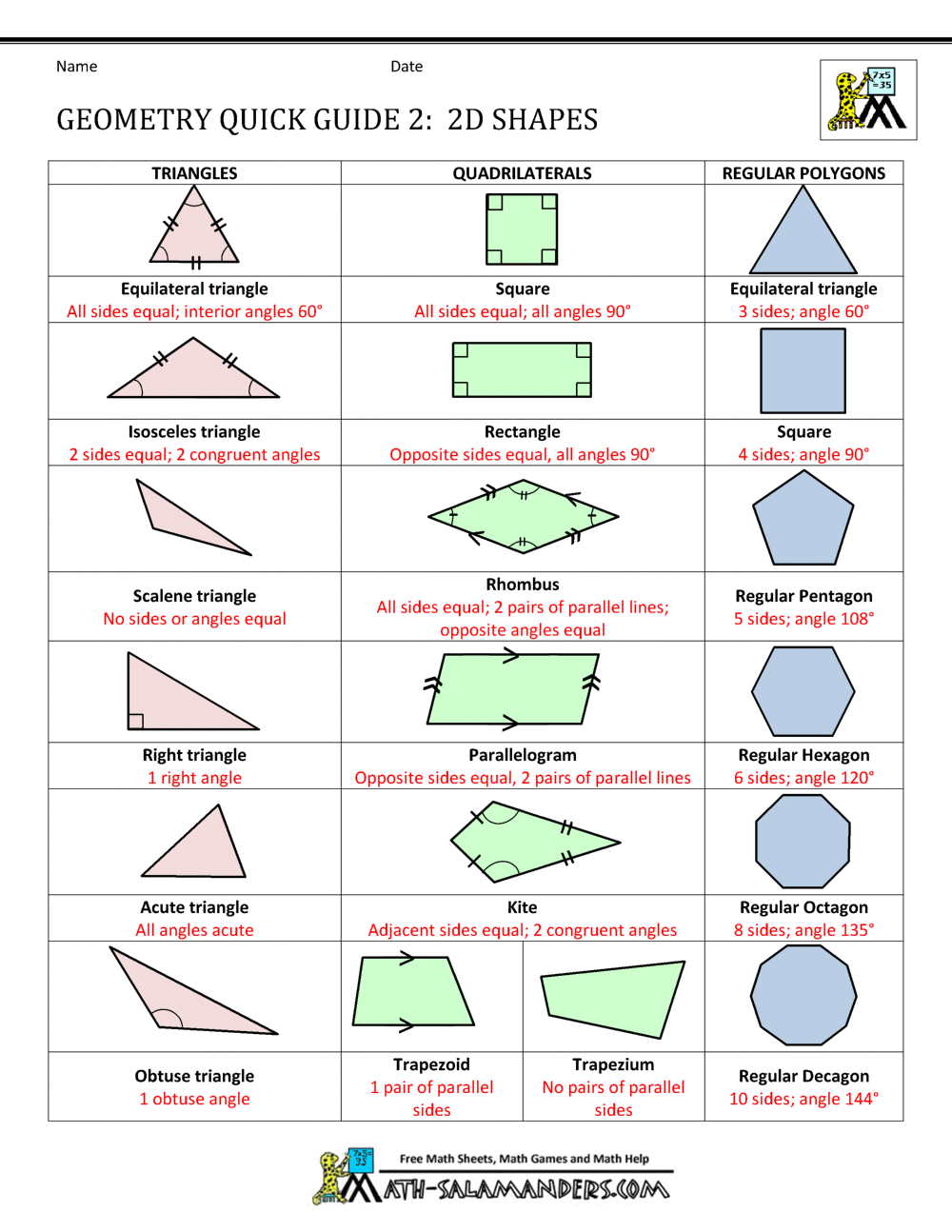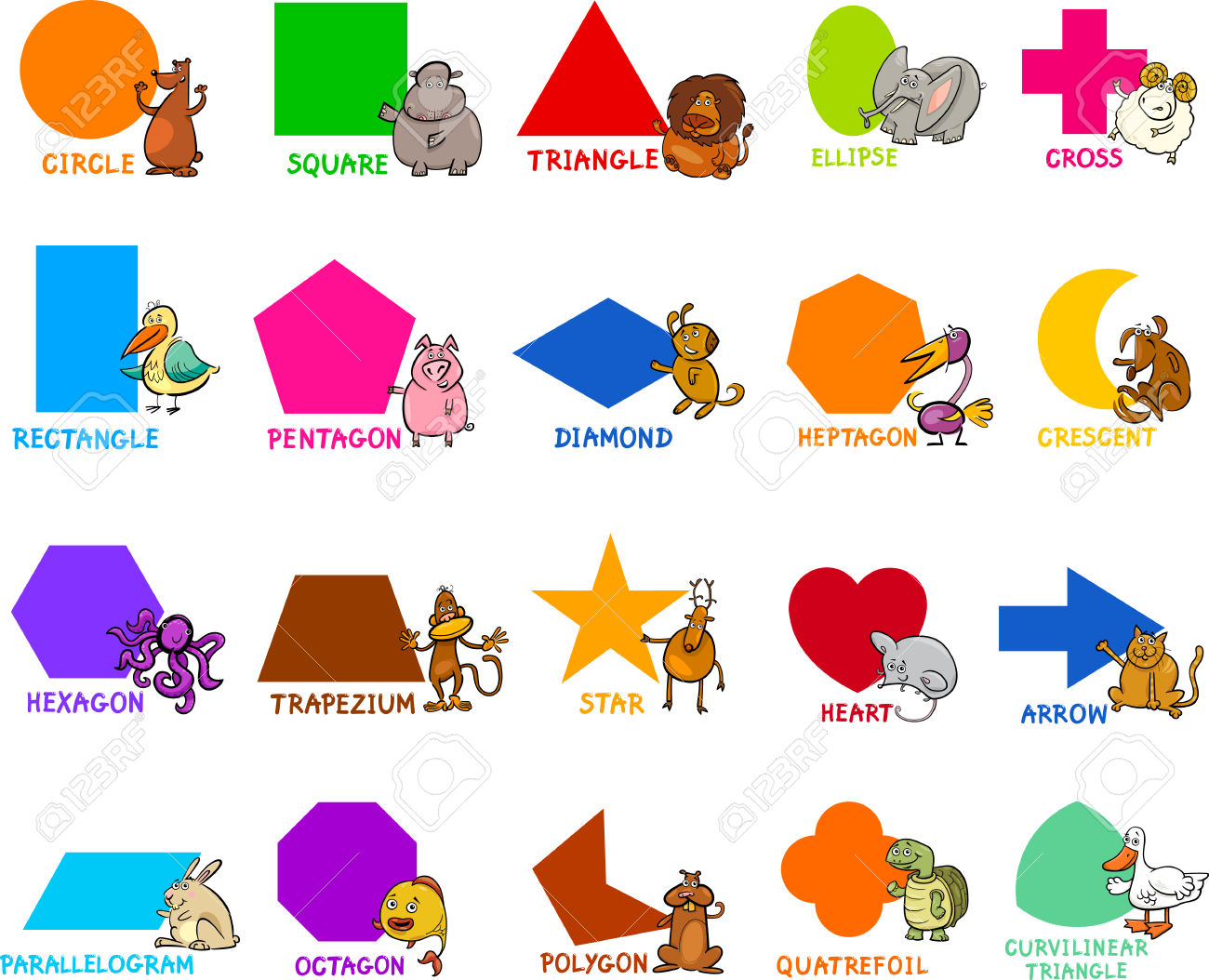

They match individual objects with counting sequences up to and back from 10. Students connect number names and numerals with sets of up to 10 elements. They demonstrate an understanding of the concept of chance by participating in games of chance, and identifying events that may or may not happen today. Students participate in and contribute to the development of picture schedules, timetables and pictorial lists associated with familiar activities, such as listing the ingredients needed for a cooking session. They demonstrate an understanding of location and spatial awareness by following simple instructions related to simple spatial concepts. They match objects that are the same and sort familiar objects, and an understanding of the concept of ‘inside and outside’ by following instructions. Students respond to a simple pictorial representation of activities related to their whole day. They can identify events that may or may not happen today. They explore events and identify day and night events. Students solve simple mathematical problems associated with longer and shorter lengths. Students explore measurement attributes in practical situations and use words to describe the characteristics of familiar objects. Students can match one attribute of familiar objects. Students order the first three elements of a set. They can distribute objects to each person in a group until there are no objects left. Students make ‘groups’, ‘lots’ and groups of ‘one’ and can indicate which collection has ‘more’ than the other. Students use concrete materials to solve problems that involve comparing, combining and separating sets. They match individual objects with counting sequences up to and back from five. Students connect number names and numerals with sets of up to five elements. Students respond to a simple pictorial representation of their activities related to a short time-frame. They develop an awareness of chance by playing with materials or objects that involve cause and effect (actions that will happen) and playing games where the outcome is unpredictable. Students participate in class activities that explore object, events and displaying information. Students respond to specific instructions relating to manipulating the movement and location of self and objects.

They can match identical familiar three-dimensional shapes that are ‘the same’. They demonstrate an awareness of object permanence by searching for objects that have been hidden and participate in class activities that explore three-dimensional objects. They explore routine events and show an awareness of time and daily routines by responding to a routine signal from the teacher. Students demonstrate beginning understanding of basic measurement concepts such as ‘long or short’, ‘heavy or light’. Students participate in everyday activities that explore measurement and use measurement attributes in practical situations. They manipulate objects and build a tall tower by using ‘more’ blocks and take blocks away from a tower to make the tower ‘less’ tall. Students identify ‘one’ and ‘lots’ of objects and show an understanding of ‘more’ in familiar situations. Students participate in everyday activities that involve numbers and counting, comparing groups of objects, and pattern activities. They respond to major changes to regular games and activities associated with chance, surprise and predictability, such as moving a switch to activate a toy. Students begin to display a similar and predictable reaction to regular events. Students observe objects and events within their daily life. Students explore space by moving and changing position and location, and respond to changes in position. Students explore and respond to objects of varying textures, colours, sizes and shapes. Students respond to a signal from a timer, used to indicate the end of an activity. They show an awareness of time and daily routine by responding to a signal from the teacher, and items being brought out or removed. Students explore objects of varying weights, lengths, capacities and materials. They react and respond to objects and experience measurement attributes in practical situations. Students observe and explore objects within daily life. Students participate in making piles, groups or bundles of familiar everyday objects and respond to objects being put together and taken apart. They experience and respond to ‘one for you, one for me’, ‘gone’, ‘no more left’ and ‘give me more’. Students demonstrate awareness of counting by responding to number rhymes, songs, stories and finger games. They begin to respond to numbers in everyday experiences. Students observe the use of number within their daily life.


 0 kommentar(er)
0 kommentar(er)
